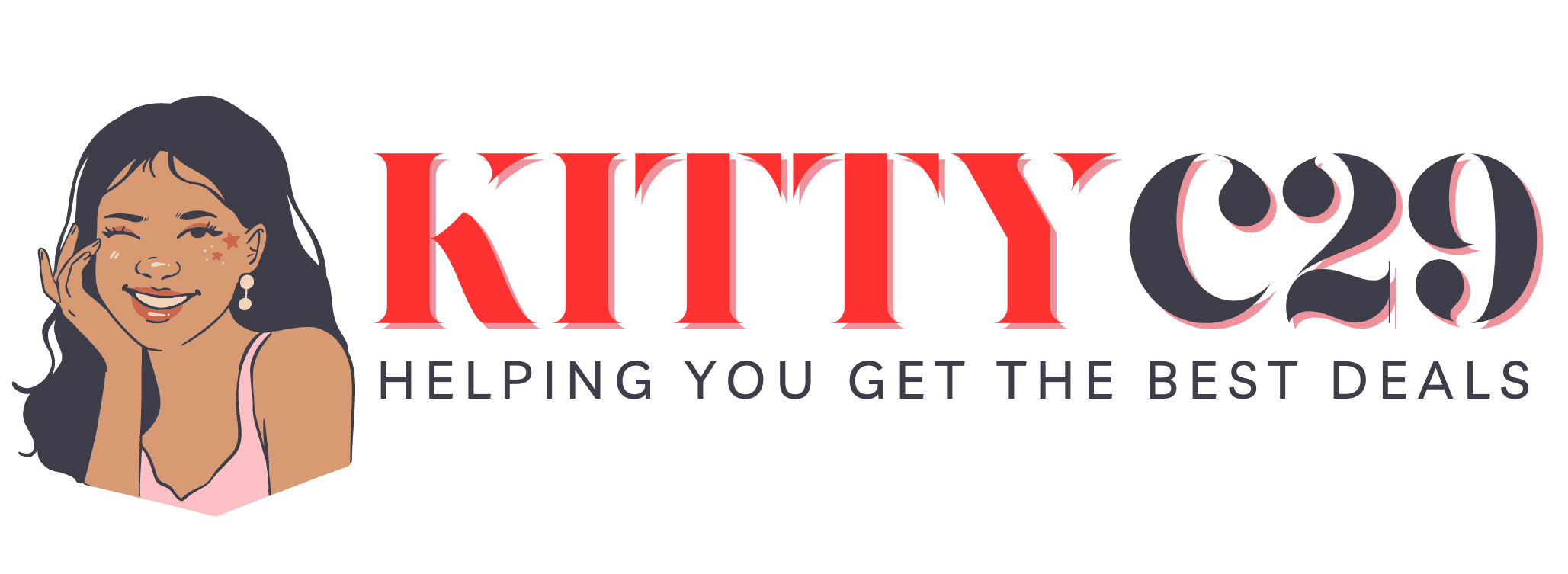
At an online event on June 20, organized by Hello Cary In collaboration with America’s Medicaid Health Plans (MHPA), industry experts discussed innovative pharmaceutical strategies and the latest in technology to close care gaps in Medicaid populations. According to MPHPA, “By 2025, healthcare will generate 36 percent of the world’s data volume.” “Barriers to using this vast amount of data often include insufficient human or clinical resources and the inability to convert raw data into actionable insights in a timely manner,” the MHPA said in an announcement. In the online discussion, panelists discussed how people can be efficiently selected for Medicaid based on their health profile.
“We have a lot of data,” said Jose Diaz-Luna, PharmD, director of pharmaceutical policy and government affairs at AttentionFirstBlueCrossBlueShield“You have to go through all these different steps to get something in the form of some sort of semi-useful data, and you still have to manipulate the data once you get it,” he added.
“Of course,” said Ryan Steadman, Pharm.D. and senior vice president of CareSource Pharmacy“I’ve lived through all the pain points.” He then added, “I would say some of the biggest pain points we face as a pharmaceutical industry are being reactive versus proactive.”[G]“Keeping data in one place,” Steadman emphasized, is key.
“[I]“If you have external partners in the community or even within your own organization, you want to know how successful your outreach is,” Steadman said. “You want to be able to reach out to these vulnerable Medicaid patients,” Steadman said.
Miranda Law, a pharmacy doctor and director of clinical services at CaryHealth, agreed that it seemed like they were rushing back and forth to get data, especially when reports were delayed and didn’t include medical information.[T]“The person giving you that report doesn’t have all the components that need to be considered within that population,” Law shared, “they’re only getting half the picture.” Law believes telehealth holds a solution.
Diaz-Luna said data readiness means consolidating all the data into one platform and making it usable. “In my previous experience with Medicare,” Diaz-Luna said, “we built the healthcare program to be able to handle the most frequent users, and we found that those patients were disconnected from any care for many reasons.” If we have all the data in one platform, she explained, we can step in and incorporate it into a pharmaceutical care program and track that as well as clinical and financial outcomes.
“We work with our care management team day in and day out as an interdisciplinary team,” Steadman added. This shows the patient that we are looking at them holistically, she said. He noted that the entire patient profile depends on efficient and timely data.
From a technology perspective, said Mathew Hawkins, CaryHealth’s chief technology officer, we’re talking about reliable, up-to-date data that provides a holistic view of the patient and the population at large. This, he said, will provide the opportunity to go deeper.
Regarding technological advances, such as Generative Artificial Intelligence (GenAI), Hawkins said: “I think in general there has been a lot of skepticism around GenAI; “It is often seen as a barrier between a patient and a healthcare provider.” Instead, Hawkins added, I see it as an opportunity to reach more people. “AI will give us the ability to analyze a lot more information and find those outliers that we need to interact with to find those very specific patients that have a particular condition or a particular metric that we want to capture and identify.” AI will also help streamline communication, Hawkins said.
“What we do here at Carey is take the algorithms provided by these companies, who are spending billions of dollars and huge amounts of infrastructure to train those models,” Hawkins explained when asked about AI training by humans and whether different healthcare providers and patients are included in the focus groups. “We bring in our own expertise or our own data sets completely separate from those larger models,” he replied.
“I think it brings a great solution to healthcare, especially when creating the programs,” Díaz-Luna agreed when asked about AI. “As an industry, we should not be afraid of it,” Steadman added. “It gives us more time to spend with members and patients.” “We have been using automation and machine learning (ML) for years,” Steadman reminded the audience. “There are going to be industry standards…best practices.”
“[A]“At the end of the day, it’s about being able to know who needs help and being able to get it right away,” Law said. Being data-ready helps streamline patient care, she added. “There’s a lot of things we can do, having all the data in one place and starting to interact with a provider to reduce those administrative costs,” Diaz-Luna said. “Pharmacy is the fastest-growing expense in healthcare.






